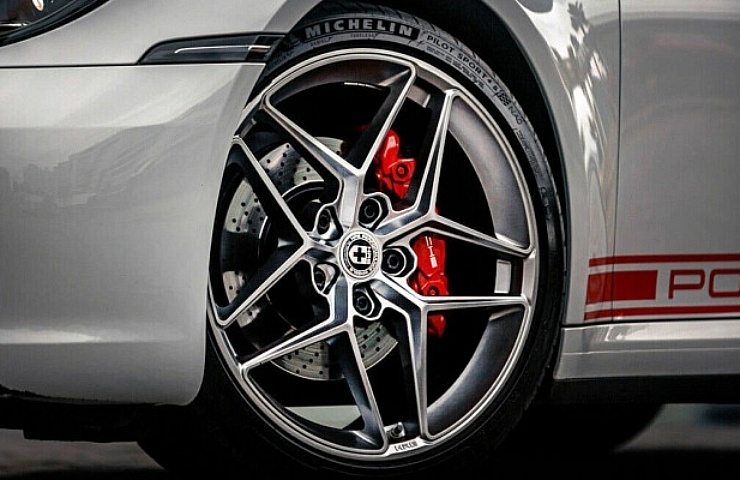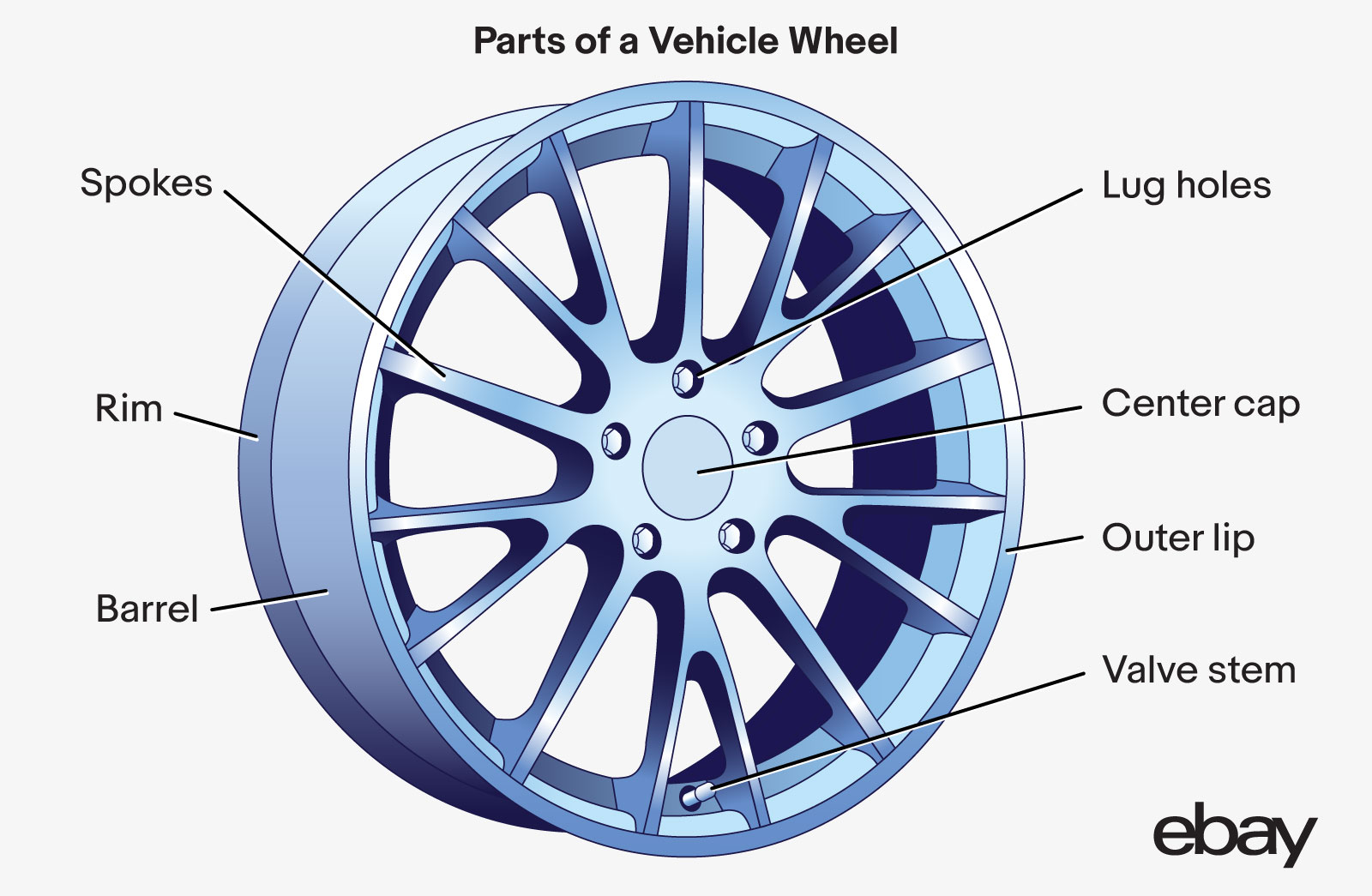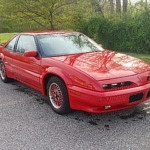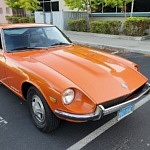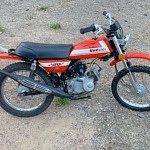Contents
Are Car Rims and Wheels the Same?
Culturally yes. But technically, the rim is only one of several parts of a wheel. Lug nuts secure the wheel and tire to a hub with wheel bearings inside that rotate on the axle shaft and keep things rolling.
Essential parts of the wheel include:
Rims: The inner and outer rims hold the tire on the wheel. The tire beads seat against the shape of the rims and form an airtight seal to maintain tire pressure.
Center cap: The cap snaps in place over the center of the axle to keep dirt and other materials from getting into the wheel bearing. The center caps often feature the auto manufacturer’s or wheel maker’s logo.
Barrel: The barrel’s surface closes off the tire, enabling it to retain air pressure. It gives shape to the tire and the mounting structures.
Outer lip: This is the outermost part of the car rim. It’s the part that gets damaged the most when the wheel hits a pothole hard or strikes a curb.
Spokes: Metal spokes connect the wheel’s center to the rim and the barrel.
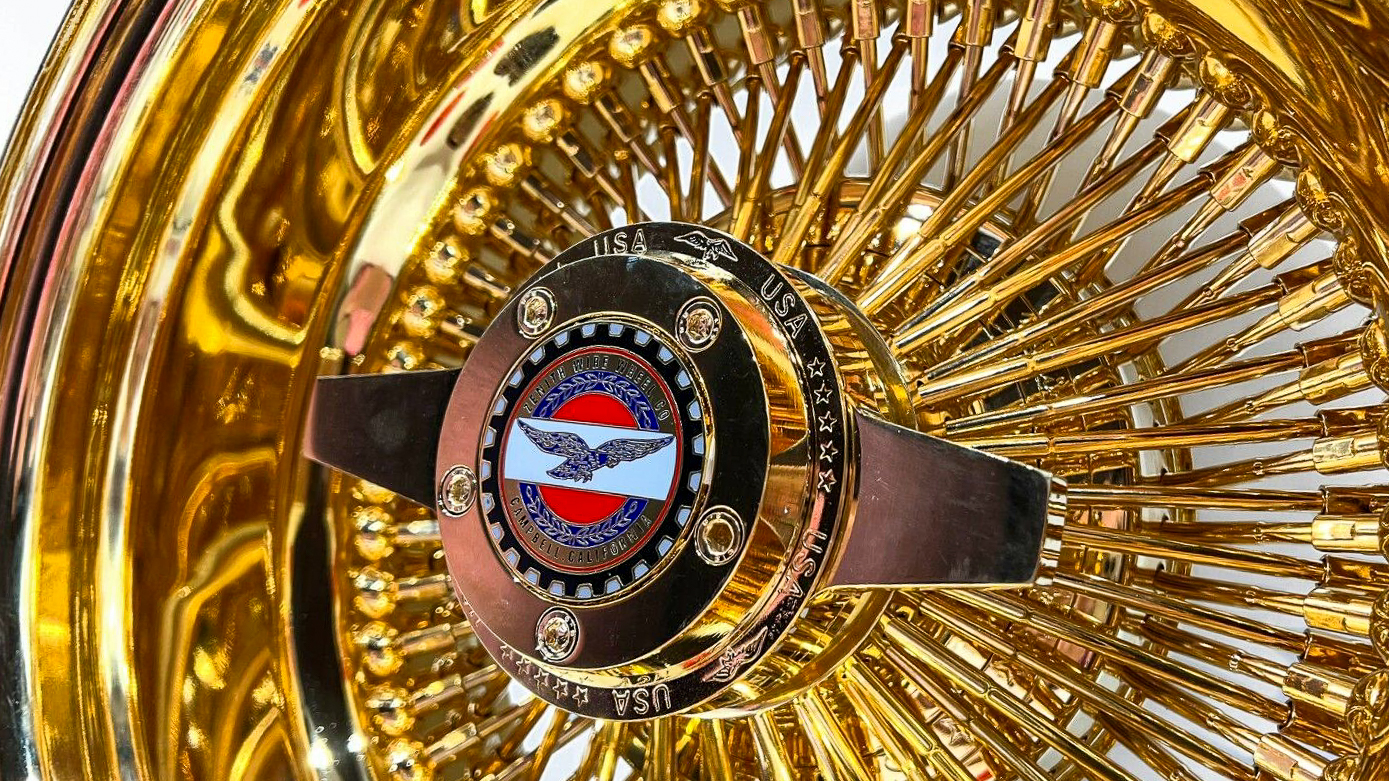
A 24K gold plated Zenith spoked wheel knockoff
What Are Car Rims and Wheels Made Of?
Today, wheel material options include steel, aluminum, or complex materials like carbon fiber, magnesium, and titanium. More material equals more money. Larger diameters and widths are more expensive.
Steel Wheels
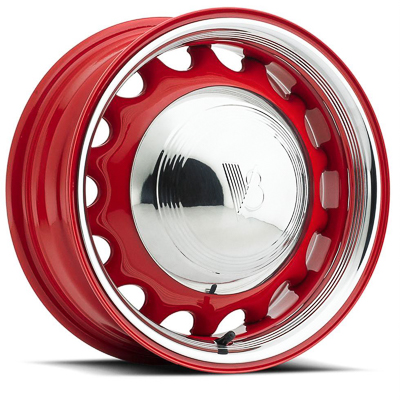
A red painted steel wheel dressed with a beauty ring and hubcap
Steel wheels are almost always your most affordable option. They are also stronger and less susceptible to bending, cracking, or chipping damage than other materials. Steel wheels usually range from $50 to $150 each.
Steel is also heavier than aluminum or other more exotic wheel materials. Most would argue that steel wheels don’t offer the most complex designs, but on the right vehicle, they can look terrific.
Aluminum Wheels
Aluminum wheels are the most popular choice today, and they outperform in appearance, styling, and weight. They typically range from $125 to $500 per wheel.
While not as strong as steel, they have little difficulty handling everyday demands and offer a more comprehensive range of design choices. A higher price is the only reason not to choose aluminum wheels for the typical passenger vehicle.
Carbon Fiber Wheels
High-performance vehicles such as the Porsche 911 Turbo, Ford Shelby Mustang GT series, and Corvette Z06 often come with carbon fiber wheels standard or as a factory option. These wheels are more robust than steel and lighter than forged aluminum and alloy wheels.
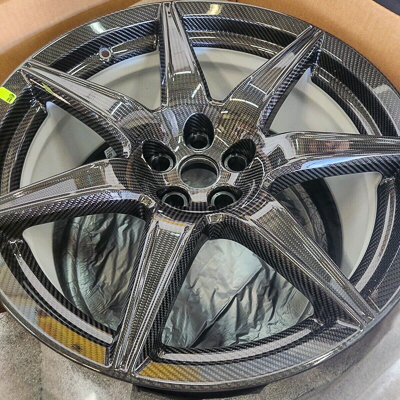
An OEM Ford Mustang GT500 carbon fiber wheel
Still, not all is perfect with carbon fiber. It doesn’t flex like aluminum or steel and tends to shatter under excessive force. Owners report that brittleness is an issue. Also, carbon fiber wheels are costly. On a new Corvette Z06, they could cost an extra $10,000 to $13,500 for a set of four.
Titanium Wheels
Titanium wheels are as strong as steel, about half the weight, and incredibly corrosion-resistant. This is what you want for high-performance vehicles. As expected, titanium requires a complex manufacturing process that pushes up the price.
Titanium wheels often cost thousands of dollars per wheel. Take note that titanium is often listed as the color of a finish for some aluminum wheels. There are few actual titanium wheels out there.
Read: Discover the Differences Between Steel, Alloy, and Carbon Wheels
Wheel Styles and Finishes
If you’re looking to replace or upgrade your vehicle’s wheels, there are thousands of choices, sizes, styles, colors, spokes, and finishes to choose from on eBay.com. Here are the most common finishes and their attributes.
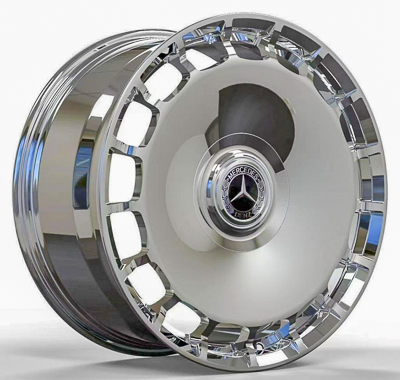
A chrome plated OEM Mercedes-Benz wheel
Chrome plated: This could be the bling you’re looking for. These wheels have several copper, nickel, and chromium coating layers for a mirror finish. A chrome finish often adds around 20 percent to the regular price of a wheel.
No protective topcoat is needed to prevent rust, and they can be treated with translucent paints in an endless variety of color choices. Cleaning is easy—mild soap, water, and a soft cloth, then chrome polish or instant detailer.
Learn: 7 Steps for Cleaning Wheels and Car Rims
Machined clear coating finish: Sprayed clear coating can be used on almost any type of wheel, from bare brushed-metal wheels to raw aluminum or painted wheels. This provides a protective finish to keep your wheels looking new for years. Use only mild soap and water to clean.
Powder coated: This is a dry, powdery paint of finely ground particles of color and resin that are electrically charged and sprayed onto the wheel surface. The wheel is then heated in a curing oven so the particles melt and bake onto the finish. Powder coating is highly durable and attractive and resists chipping, scratching, rust, and heat. The finish can have a crinkle, smooth, or rough texture if desired, almost always in a matte finish. Powder coating is a one-and-done process; recoating to a new color later is not recommended. It easily cleans with a power water spray and mild soap.
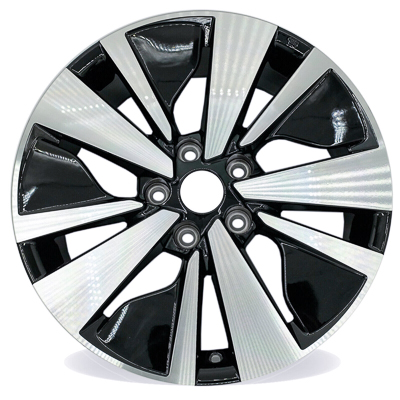
A machine-faced and painted aluminum Nissan Altima wheel
Painted finish: This is a straightforward process of wet spray painting and finishing with a clear topcoat to protect the paintwork. The color palette is endless and can match your vehicle’s exterior paint color. You can even use multiple colors and finishes like gloss, satin, matte, or flat. It cleans up easily with mild soap and water and a soft cloth.
How to Repair a Curbed Wheel
Sooner or later, it’s bound to happen. While pulling into or backing out of a parking space, you hear your expensive alloy wheel scraping the curb. Unless you’ve had a harsh collision that damages the wheel structurally, “curb rash” most likely can be fixed, and the wheel returned to a like-new appearance.
Buy OEM replacement car and truck wheelsYou have four options:
- Buy a new or used replacement wheel that matches the set on your vehicle. Prices vary depending on your wheel size and style but expect to pay $150 to $1,200.
- Contact a body shop that can either repair the wheel or refer you to a professional wheel repair jobber. Approximate cost is $100 to $150.
- Repair the wheel yourself easily and inexpensively with a do-it-yourself kit from eBay.com.
- Hide the damage with a set of car rim protectors, also found on eBay, which affixes right on top of the wheel damage.
Now that you have everything you need to know about automotive rims and wheels, you’re ready to swap out your old-style stock wheels for an upgrade. Just find out what size you need and start shopping.
Shop now for car and truck wheels
